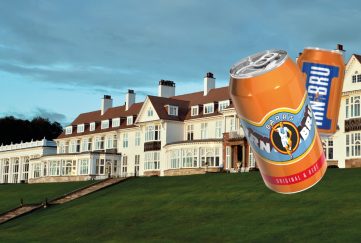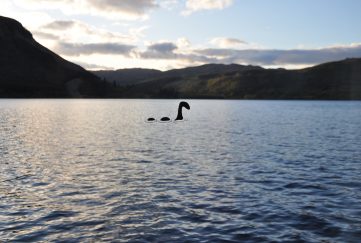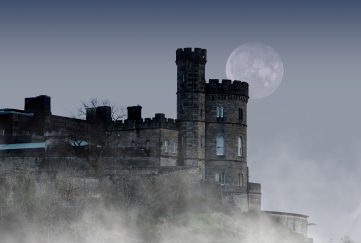Scotland’s Mythical Creatures!
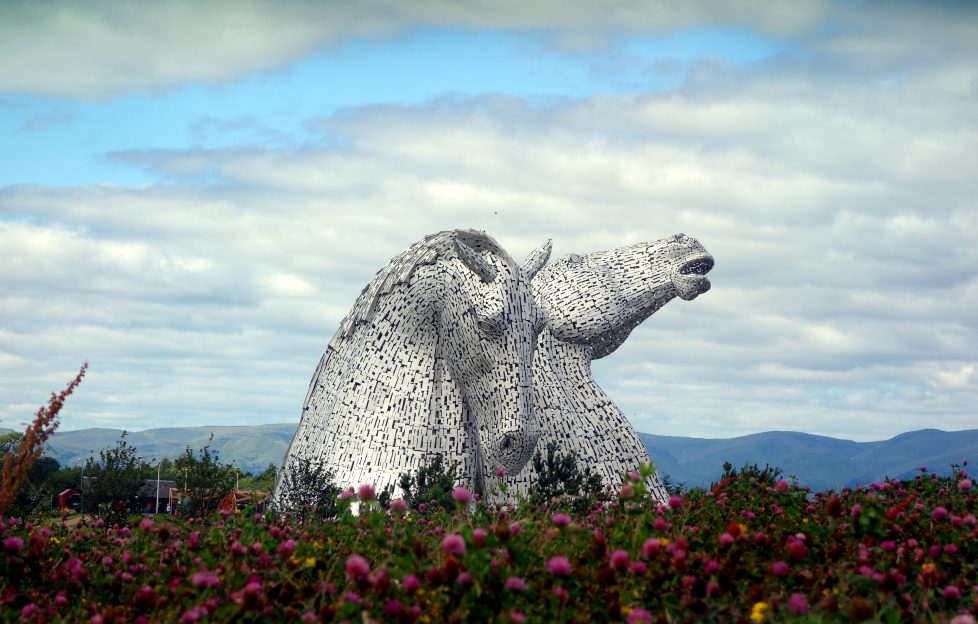
The good, the bad and the creepy! Discover some of Scotland’s mythical creatures and the legends behind them…
Kelpie
The Kelpie is a shape-shifting water spirit that usually takes the form of a horse. The name potentially derives from the Scottish Gaelic words ‘cailpeach’ or ‘colpach’, which means heifer or colt. However, they are not friendly spirits, in fact, they more demonic than the Falkirk sculptures would have you believe. Kelpies are known to trick travellers, especially children, to ride on their backs before dragging them into the water where they devour them. Kelpies are often associated with bodies of water, such as rivers and lochs. Its origins are likely rooted in the ancient human sacrifices to the water Gods, which later turned into a cautionary tale discouraging children from playing near lochs.
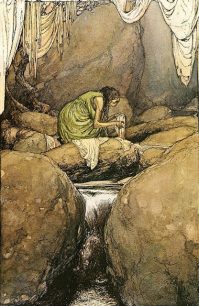
Illustrated by Brian Froud.
Bean Nighe
Bean Nighe (pronounced ben-nee’-yeh) is related to the Irish Banshee (Bean Sidhe). The Bean Nighe, also known as the washer woman, is a dark Scottish spirit often seen near bodies of water where she washes the bloodstained clothing of those who are about to die. Spotting a Bean Nighe is an omen of death, as she is believed to be a harbinger of impending doom, just like the Banshee. She normally takes the form of a hag, however she can tranform her appearance to that of a beautiful woman if she so decides. It’s not advised to approach the washer woman, but legend has it if you successfully do, you may be granted a wish or given the names of those who are due to die.
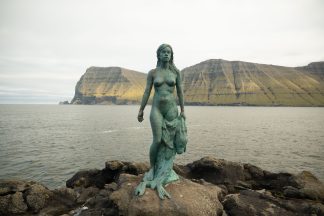
Selkie statue, Mikladalurs Kopakonan, on the Faroe Islands.
Selkie
These mythical seal-people who can shed their seal skin to take on human form. Stories stem from Celtic and Norse folklore, and the word selkie is Orcadian for “seal”. A selkie is portrayed as a seductive feminine being, and many Scottish folktales involve this romantic tragedy of the love and longing between human and selkie. Well known tales in Orkney also reach as far as the self-governing Faroe Islands, where this stunning statue stands tall against the harsh sea.
Loch Ness Monster (Nessie)
Perhaps the most famous of Scotland’s mythical creatures, Nessie, is said to lurk in the depths of Loch Ness – a large freshwater loch in the Scottish Highlands. Nessie is described as a large, serpentine creature with humps and has been the subject of numerous sightings and investigations. There is no concrete evidence of its existence, but sightings allegedly date back to the 6th century. Photographs over the years have been the subject of various academic studies, trying to decipher whether it is all a hoax, a misinterpretation or a genuine account.
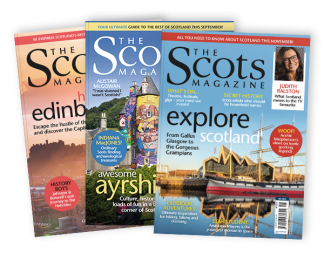
Discover more about Scotland every month in The Scots Magazine (SUBSCRIBE)
Put your knowledge to the test with our Scottish Myths And Legends Quiz >>


